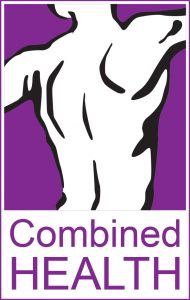Physiotherapy Guidelines For Safe Acupuncture and Dry Needling Practice
In 2006 various physiotherapists who lecture in the areas of Acupuncture or Dry Needling formed a committee to create a guideline for Australian physiotherapists. The attached guideline has been produced under the banner of the Australian Society of Acupuncture Physiotherapists (ASAP). It is designed to be used as a safe practice guide for physiotherapists practicing acupuncture or dry needling in Australia. Acupuncture practice by physiotherapists in Australia may include Traditional Acupuncture, Western Acupuncture or Dry Needling.
The guideline was constructed via consultation with various Australian and International acupuncture guidelines, including the minimum standards set by the International Acupuncture Association of Physical Therapists (IAAPT). The federal governments Infection Control Guidelines (2004) was also considered along with the National Health and Medical Research Council’s Australian Immunisation Handbook (2003) and the Standards of Practice for Acupuncture: Health (Infectious Diseases) Regulations (1990). Relevant journal based literature was also considered. The guidelines will be reviewed and revised by the ASAP as required.
It should be noted that individual states and territories around Australia will have varying guidelines on skin penetration and infection control and physiotherapists are urged to view the relevant information from their local, state and federal governing bodies. Physiotherapists are also advised to refer to any relevant legislation set by individual state physiotherapy registration boards.
